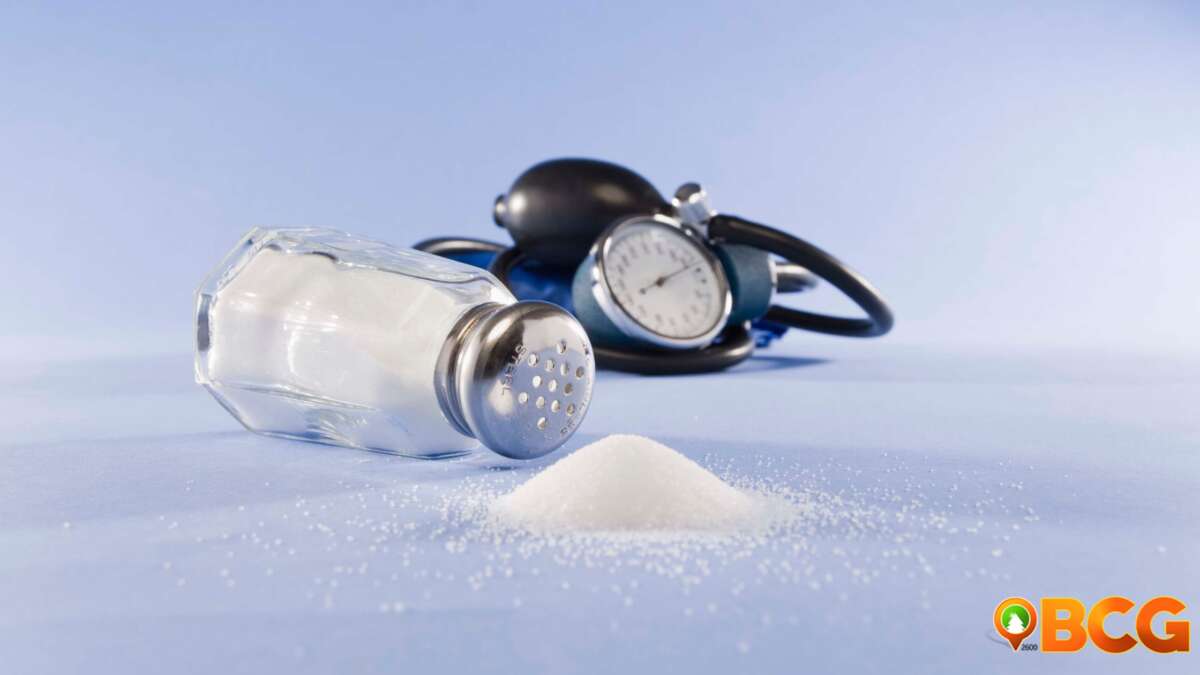Study Finds Regular Exercise May Reduce Risks for Severe Coronavirus
Researchers in Southern California find that more exercise reduces the risk of developing severe coronavirus and hospitalization.
In a study conducted by Kaiser Permanente Southern California (KPSC) published in the British Journal of Sports Medicine, out of almost 50,000 Californians who have developed COVID-19, those who have been least active before contracting the virus were more likely to be hospitalized or die compared to those that were physically active.
The study was meant to find if there was an association between a person’s physical activity and reduced odds for severe COVID-19 among infected adults.
Since 2009, KSPC has used the Exercise Vital Sign (EVS) at every outpatient department, wherein health workers would ask patients two questions about their exercise habits over the previous months or more:
- On average, how many days per week do you engage in moderate to strenuous exercise (like a brisk walk?)
- On average, how many minutes do you engage in exercise at this level?
For the study, researchers examined the COVID-19 patients who have had at least three (3) EVS measurements from 19 March 2018 and 19 March 2020 to measure their level of physical activity prior to contracting the virus.
Based on the Physical Activity Guidelines, the 48,440 patients were divided into three categories: consistently active (150 min/week at all assessments during the study period), some activity (EVS 11–149 min/week or those with variability in their EVS measures), and consistently inactive (EVS 0–10 min/week at all assessments).
Out of the 48,440 patients who had the virus, 4,236 patients (8.7%) were hospitalized, 1,199 (2.5%) patients were admitted to the Intensive Care Unit, and 771 (1.6%) patients were deceased.
Among the three categories, those who were consistently inactive take up the most percentage of hospital admission: with 10.5% of the patients hospitalized, 2.8% admitted to the ICU, and 2.4% dying from the disease.

Physical inactivity is associated with a higher risk for severe COVID-19 outcomes: a study in 48 440 adult patients
This is an almost three-fold higher percentage than those who fell ill but are consistently meeting the physical activity guidelines for their age. Only 3.2% of patients who were physically active were hospitalized, 1% were admitted to ICU, and 0.4% died due to COVID-19.
Physical Activity Guidelines
What is considered the right amount of physical activity that provides substantial health benefits? According to the Physical Activity Guidelines by the Department of Health and Human Services (HHS), the following are the recommended types and amounts of physical activity according to age bracket:
| Age Bracket | Amount of Time | Type of Physical Activity |
|---|---|---|
| 3-5 years old (Preschool-aged children) | Should be physically active throughout the day to enhance growth and development | |
| 6-17 years old (Children and adolescents) | 60 minutes or more daily | Moderate-to-vigorous physical activity |
| Adults | at least 150 minutes to 300 minutes a week | Moderate-intensity physical activity; or |
| 75 minutes to 150 minutes a week | Vigorous-intensity aerobic physical activity; or | |
| an equivalent combination of moderate- and vigorous-intensity aerobic activity | ||
| 2 or more days a week | Should also do muscle-strengthening activities | |
| Older Adults | Multicomponent physical activity that includes balance training as well as aerobic and muscle-strengthening activities | |
| Pregnant and postpartum women | at least 150 minutes a week | Moderate-intensity aerobic activity a week |
| Adults with chronic conditions or disabilities, who are able | Follow aerobic and muscle-strengthening guidelines for adults |
SOURCE: British Journal of Sports Medicine, Physical Activity Guidelines















